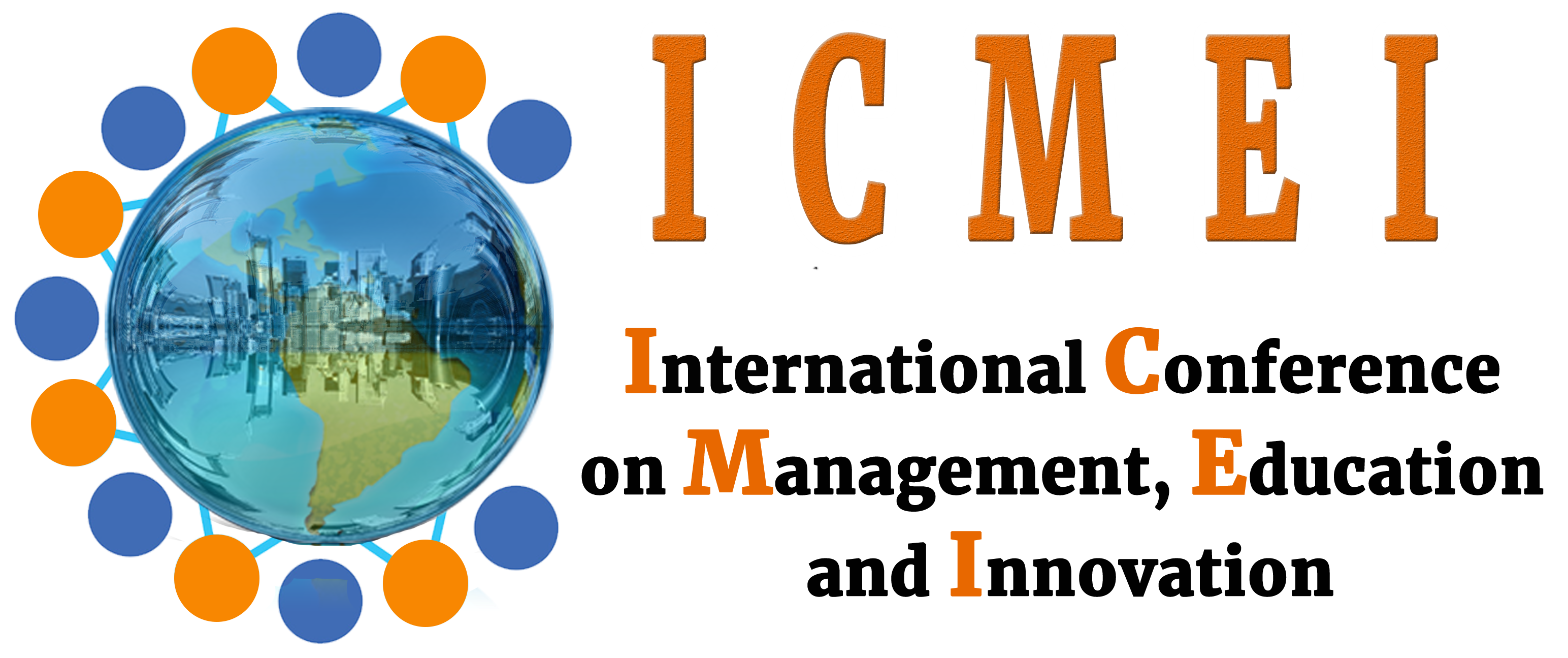Interactive conceptual instruction entails several features or components such as conceptual focus and “concept first”, use of multiple representations in varying contexts, classroom interactions, peer discussions, research-based materials, and use of texts and concept maps. Moreover, new skills, changes in old responses, attitudes, rote memory, and highly complex concepts all represent learning. In this study, the interactive conceptual instruction is meant for students in studying physics at the basic education high school level. By teaching Physics concepts, teacher aims at bringing about a desirable behaviour change among pupils. The study used an experimental research using pretest posttest control group design. The selected sample high schools were randomly chosen from Sagaing, Mandalay and Nay Pyi Taw regions. According to ANCOVA results, there was a significant difference between the behaviour of the students who received interactive conceptual instruction and those who did not. The qualitative data also supported the findings from quantitative findings. The research findings also proved that interactive conceptual model had positive contribution to the teaching of physics at the high school level. The study is valuable to education, especially in the fields of teaching and learning. As it is an attempt to explore the effective ways for students to learn physics, it also guides the construct of interactive conceptual instruction lessons for teaching physics effectively.
interactive conceptual instruction, physics, concept, interactive
This paper is presented in 2nd International Conference on Multidisciplinary Industry and Academic Research (ICMIAR)
Cite this article:
License:
![]()
This work is licensed under a Creative Commons Attribution (CC BY 4.0) International License.













